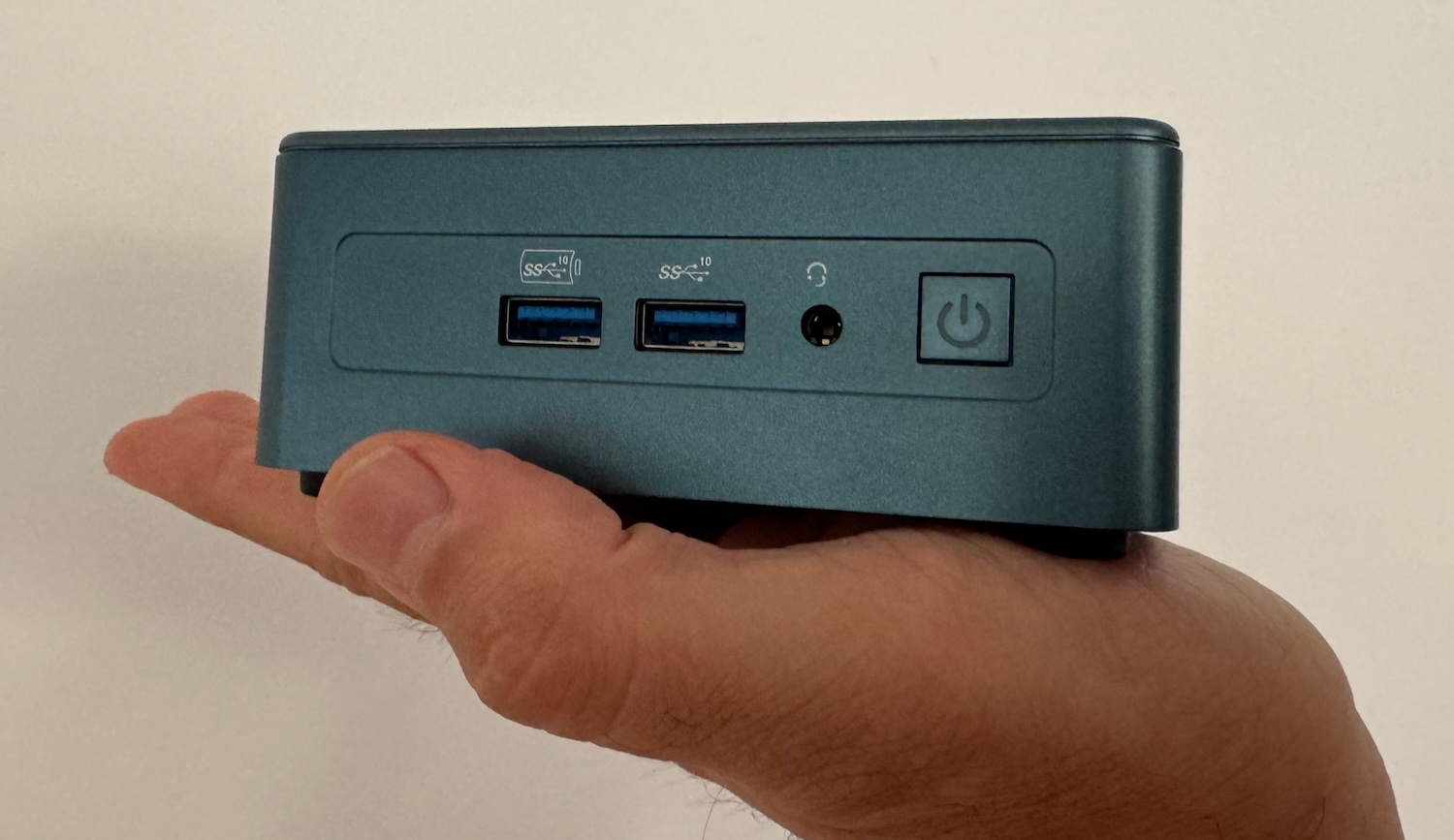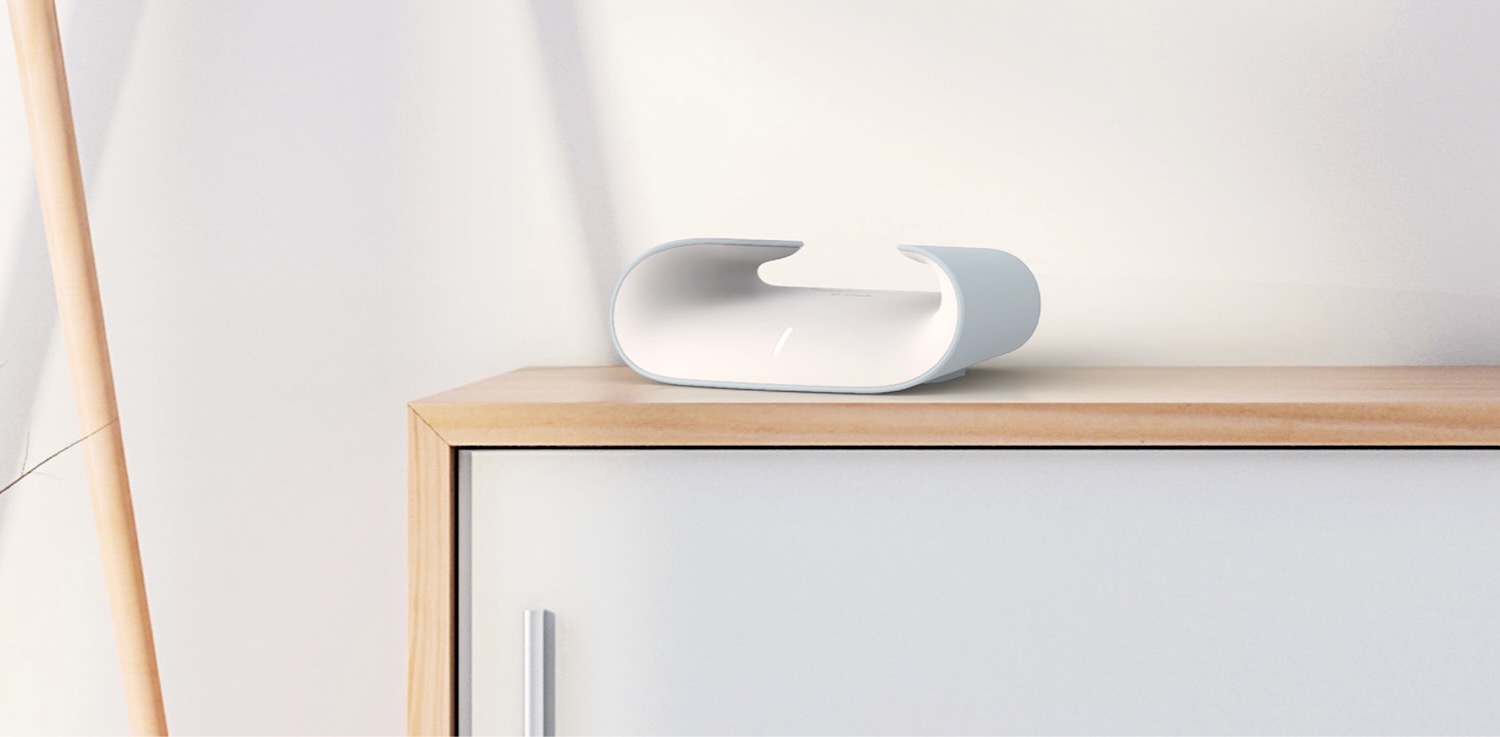What just happened? For those of us who came of age in the early days of personal computing, the names “Intel 486” and “Windows XP” evoke a nostalgic whirlwind of memories. The 486 was the hot new CPU of the early 90s, while Windows XP became a household name and Microsoft’s most popular OS over a decade later. But did you ever imagine these two icons of different eras could be merged into an unholy union?
Well, start brushing off those vintage 486 rigs, because a modder has actually made it happen. Going by the name Dietmar on the MSFN forums, he has somehow managed to get Microsoft’s beloved Windows XP running on the ancient 486 architecture.
It’s worth mentioning that these two were never meant to coexist. The first 486 chips hit the market way back in 1989, while Windows XP landed over a decade later in 2001. The 486 represented a major breakthrough when Intel unveiled it in 1989. Packing over a million transistors, it remained Intel’s primary x86 chip until the arrival of the Pentium in 1993. Such was the processor’s longevity that Intel continued manufacturing it for embedded systems until 2007.
Still, 486 systems were simply too underpowered to run XP, which needed at least a Pentium-class processor from the 586 generation – or any compatible chip that ran at 233MHz or higher. Meanwhile, the i486 could only do 133MHz. It also needed at least 64MB of RAM and at least 1.5GB of storage.
Nearly 23 years later of Windows XP’s release, a Windows modder from Germany has patched Windows XP to work on 486 processors.
Forum thread: https://t.co/1e2dsYZG9w
Patched ISO (German): https://t.co/Ftv9pvzVtYpic.twitter.com/1SwsZqynXK
– Bob Pony ⨠(@TheBobPony) May 17, 2024
But Dietmar wasn’t deterred by such trivial incompatibilities. As detailed in the forums, he waded into the inner workings of Windows XP using some powerful disassembly and debugging tools. By analyzing the opcodes that caused the installer to choke on 486 systems, he could strategically replace them with instructions the old chips could comprehend.
Eventually, Dietmar emerged victorious with a patched Windows XP ISO that installs and runs like a charm on those 486 relics.
The tinkerer has even shared his ISO on archive.org for anyone craving a nostalgic hit of Windows XP on real 486 iron or in an emulator. Fair warning though – you’re on your own when it comes to finding drivers for ancient hardware and mitigating the myriad security risks of running two-decade-old code in 2024.
This Windows XP 486 project arrives just as Microsoft is looking to cut off support for ancient CPUs in the upcoming Windows 11 24H2 update. The new release will require processors with SSE4.2 and PopCnt instructions, thereby raising minimum requirements. So while the old guard gets their kicks, the future moves onward.











